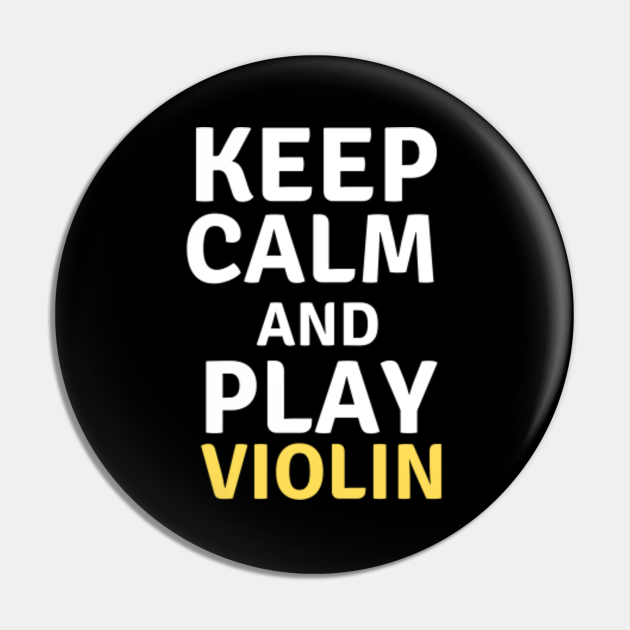

#Calm radio violin download#
Now there is no need to download a special app, and pay for access to our service – with listen radio online, you can enjoy quality music in a browser for free! By using the search, you can find the radio station you love, or choose what you like. Listen radio online on will open up the world of online radio for you. The site compiles playlists of famous performers. Listen radio online always has what you like. You can listen to music of any direction for your taste. You can switch between stations and choose your favorite genres that you want to listen to.Īll radio streams and radio stations with one look. Tune in to thousands of internet radio stations. Listen to the radio on – this is the easiest way to keep up with the latest world music. With a huge number of radio stations around the world, people can listen to what they want, just by having access to the internet and streaming radio online. Online radio has now become part of the modern world, resulting in online radio stations gaining huge popularity.

The theme of the variation finale is of almost folk-like cheerfulness, though its simplicity doesn't prevent Beethoven from allowing the variations themselves to reach an expressive climax with an ornate Adagio in which the piano's intricate chromatic cadenzas seem to leave the music hanging in timeless suspension.For those who like to listen to the radio while doing business or just relaxing, our TVRadio-online website will help you choose any radio station from any country in the world! A huge selection of a wide variety of radio channels will brighten up your leisure time and help you efficiently and energetically do any work, do exercises in the gym or get a fun meeting with friends! That dissonance forms the springboard for the theme of the scherzo, which - unusually - is in the minor. As it reaches a long drawn-out conclusion of infinite calm, the violinist adds a single dissonant note to its dying strains. The slow movement is a wonderful example of Beethoven's ability to create an atmosphere of rapt intensity.
#Calm radio violin series#
The trill, and the theme it engenders, is followed by a series of arching arpeggios on both instruments whose expansiveness seems to open up limitless vistas. It begins with one of the composer's most magical inspirations: the quiet sound of a rustling violin trill. Both works find Beethoven's style at its most serene and expansive, and the violin sonata is surely the most beautiful and original of the entire series. Nearly a decade separates the Kreutzer Sonata from Beethoven's last violin sonata, Op.96, which was composed in the wake of the 'Archduke' Piano Trio Op.97. Ironically enough, the work's ultimate dedicatee, the French violinist Rodolphe Kreutzer, never deigned to perform it. It is, as the composer himself put it, written "in a very concertante style, almost like that of a concerto". For all the mystique that has become attached to it, the Kreutzer is hardly typical of Beethoven's violin sonatas as a whole. Beethoven had originally written a wholly different finale, but he subsequently decided to replace it with a set of variations on a gentle Allegretto theme, and to use the first finale, in the style of a whirlwind tarantella, for the more energetic Kreutzer Sonata Op.47. The last portion of the Op.30 sonatas to be composed was the finale of the A major opening work. The last is among Beethoven's most sparkling and wittiest works, while the more intimate No.1 is a piece of great subtlety and beauty. The outer works of the triptych are, however, far from negligible. Of the three sonatas Op.30, completed in 1802, the most imposing is the middle work, in Beethoven's characteristically dramatic C minor vein. It's Beethoven's first violin sonata to be cast in four movements, rather than three, and the additional movement is a scherzo that makes its joke out of the manner in which the violinist appears constantly to be lagging behind his partner. While the first of them is among Beethoven's tersest and most austere utterances, its companion-piece is relaxed and lyrical enough to have earned itself the nickname of the 'Spring' Sonata. Its opening Allegro is a virtuoso vehicle for the pianist, while its slow movement forms the expressive high-point of the triptych as a whole.īeethoven worked on the A minor Sonata Op.23 simultaneously with the F major Op.24, and the two were designed as a strongly contrasted pair. The grandest of them is the last, in E flat major. The first three, Op.12, appeared early in 1799, with a dedication to the Viennese court Kapellmeister, Antonio Salieri. Beethoven composed all but the last of his violin sonatas within the space of a half-dozen years, from 1798 to 1803.


 0 kommentar(er)
0 kommentar(er)
